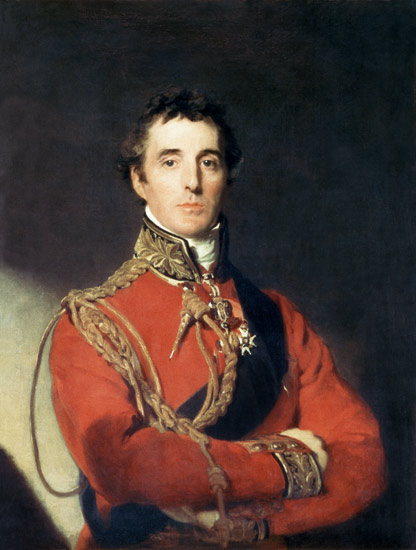 Or...do you need to see people in the nude in order to paint them with their clothes on?
In commenting on recent article someone based what they were saying on an assumption that in order to paint the human figure well, the artist needs to understand anatomy. He was referring to a naturalistic drawing method in which the artist painted a portrait by going through a process, in his mind if not directly on paper, of establishing first the positions of the skeleton, then the muscle groups on the skeleton, then the skin is placed over this and finally, if the figure was to be clothed, put clothes on him. There is a drawing method that is based on a process something like this. I have not studied it deeply, but was told that this is descended from the methods of Michelangelo. However, it is not necessary to do this. There is a method that is based solely upon training the eye to see well and the artist to represent what he sees. This is the method that can be traced back, some say, to Leonardo and Alberti. In this second method there is not need to understand how the human figure is made up anatomically, one simply paints what one sees. Great exponents of this method from the past have been to name just a few Velazquez, Van Dyck, Joshua Reynolds, John Singer Sargent. This is the method that is taught in the atelier that I attended in Florence, Charles H Cecil Studios and the one that Paul Ingbretson teaches at his Ingbretson Studio in Manchester, New Hampshire. Students from Thomas More College of Liberal Arts learn to draw at Ingbretson Studio.
Or...do you need to see people in the nude in order to paint them with their clothes on?
In commenting on recent article someone based what they were saying on an assumption that in order to paint the human figure well, the artist needs to understand anatomy. He was referring to a naturalistic drawing method in which the artist painted a portrait by going through a process, in his mind if not directly on paper, of establishing first the positions of the skeleton, then the muscle groups on the skeleton, then the skin is placed over this and finally, if the figure was to be clothed, put clothes on him. There is a drawing method that is based on a process something like this. I have not studied it deeply, but was told that this is descended from the methods of Michelangelo. However, it is not necessary to do this. There is a method that is based solely upon training the eye to see well and the artist to represent what he sees. This is the method that can be traced back, some say, to Leonardo and Alberti. In this second method there is not need to understand how the human figure is made up anatomically, one simply paints what one sees. Great exponents of this method from the past have been to name just a few Velazquez, Van Dyck, Joshua Reynolds, John Singer Sargent. This is the method that is taught in the atelier that I attended in Florence, Charles H Cecil Studios and the one that Paul Ingbretson teaches at his Ingbretson Studio in Manchester, New Hampshire. Students from Thomas More College of Liberal Arts learn to draw at Ingbretson Studio.
So, to answer the question above, if one learns the Leonardo method and trains one's eye, if you the end goal is to paint someone clothed, there is no need to paint or even imagine them in the nude in the process...thank goodness.
There is an excellent essay about the history of this method, as it was taught at the Cecil Studios in Florence, written by Nick Beer, who used to teach there (perhaps he still does?) an has his own teaching studio in Salisbury, England called Sarum Studio. His essay is here. In it he describes the method, called' sight-size' and traces the history of it from the 15th century through to the present day.
All paintings shown are by the English artist Sir Thomas Lawrence.



